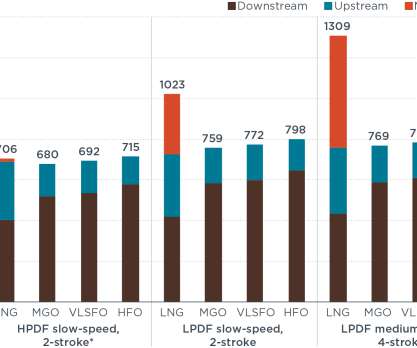US EIA reminder: Strait of Hormuz world’s most important oil chokepoint; almost 20% of oil traded worldwide
Green Car Congress
DECEMBER 31, 2011
Flows through the Strait in 2011 were roughly 35 percent of all seaborne traded oil, or almost 20 percent of oil traded worldwide. ”. They are a critical part of global energy security due to the high volume of oil traded through their narrow straits. Use of the alternate routes would increase the cost of transportation.











Let's personalize your content